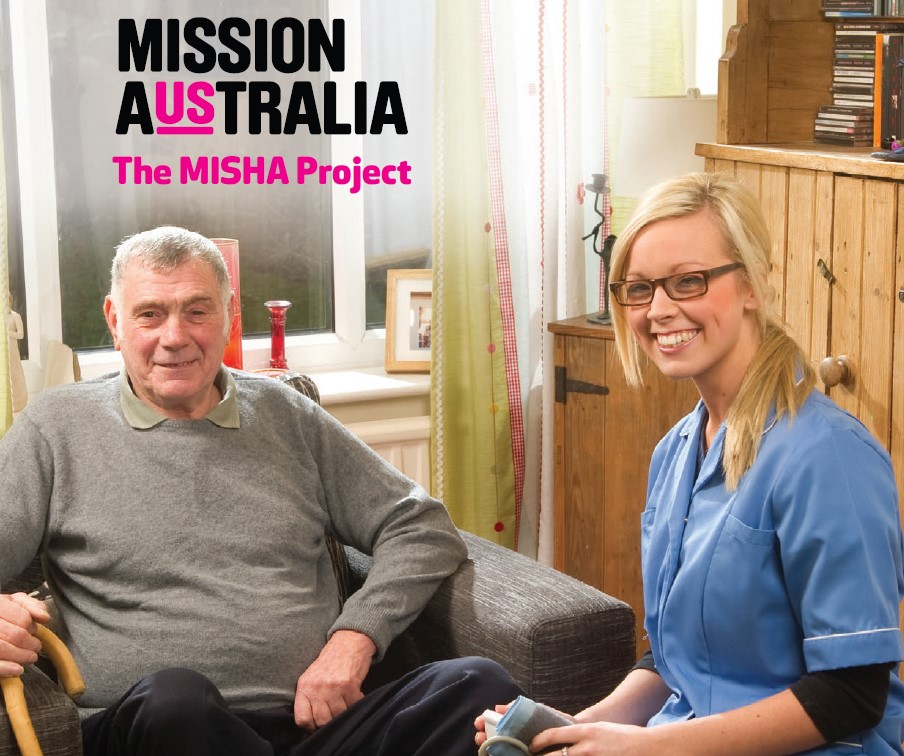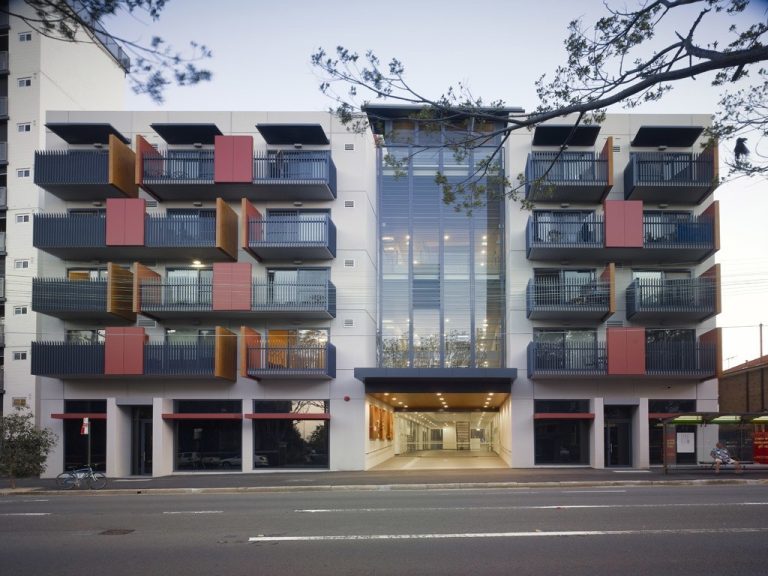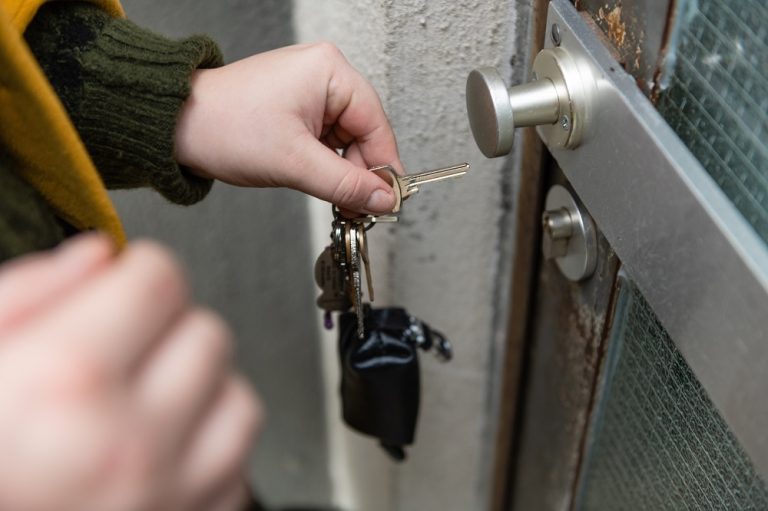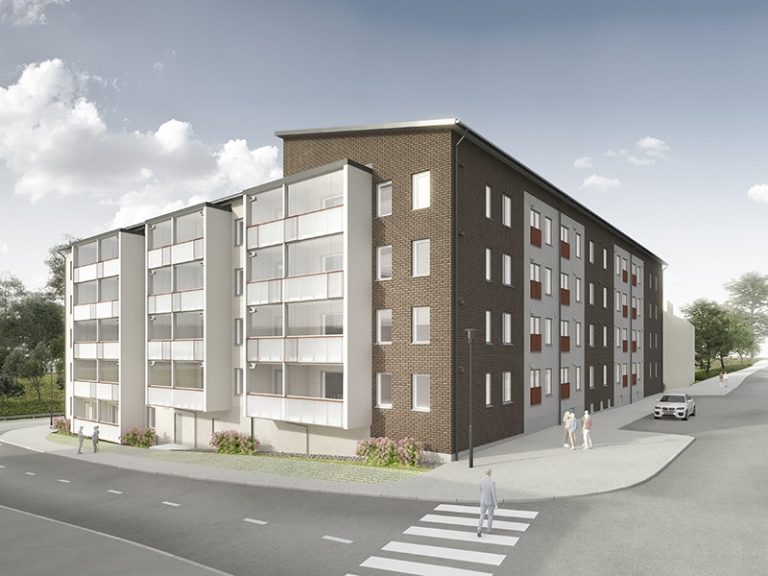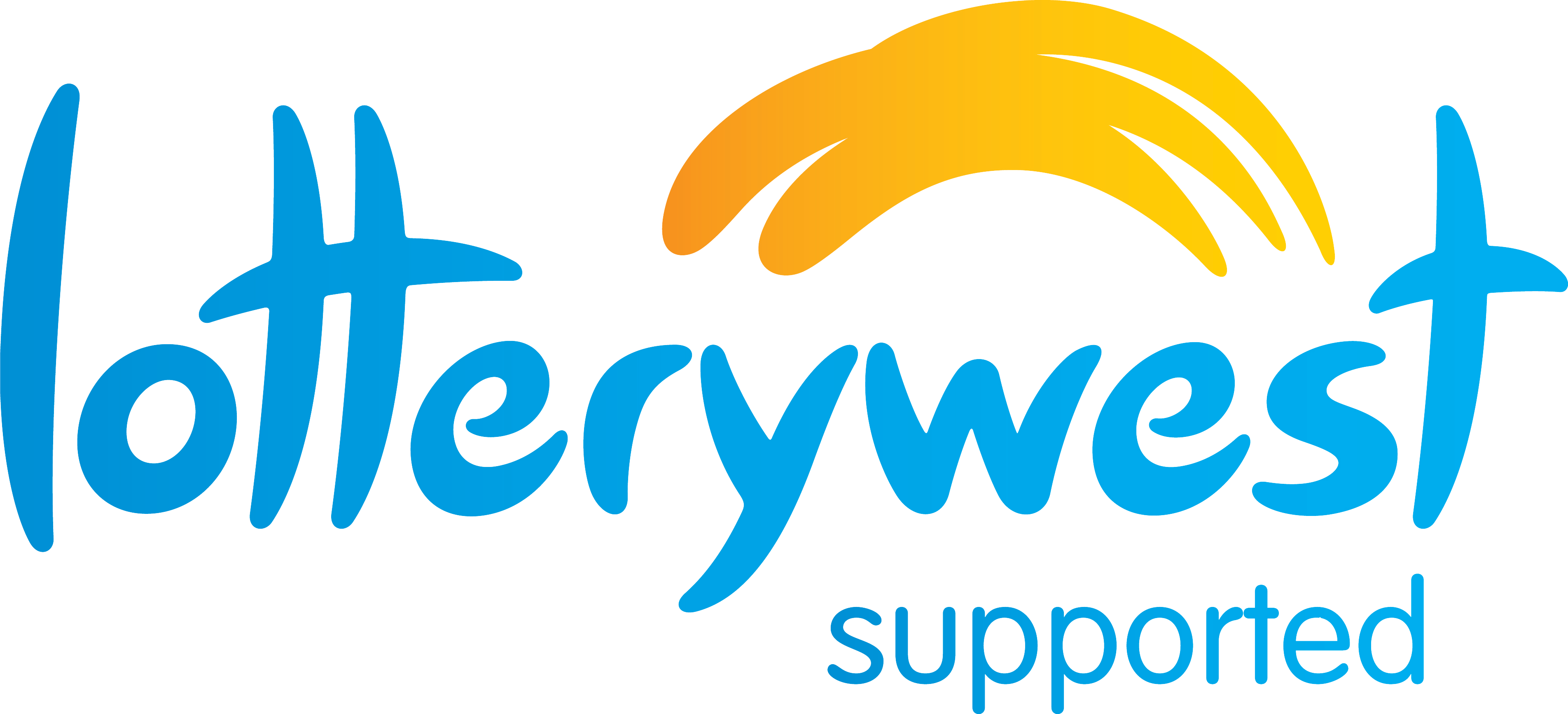Michael’s Intensive Supported Housing Accord (MISHA) was a philanthropically funded Housing First initiative. The program operated between 2010 and 2013 providing access to long-term stable accommodation coupled with wrap-around support for individuals exiting homelessness across Parramatta, NSW.A core aim of the program was to assist clients to achieve housing stability, improved social inclusion, and a capacity to live within the broader community.
The program included a comprehensive support team included caseworkers, clinical psychologists and activities coordinators. MISHA case workers play a crucial role helping clients sustain tenancies by acting as an intermediary to facilitate communication between the client and social housing provider; advocating on behalf of clients to address tenancy issues; and providing clients with the opportunity to access a range of wrap-around support services.
All other services were accessed via existing community programs, including those provided by Mission Australia (faith-based charity).
Built form
Permanent housing was assigned to MISHA clients through standard leases with collaborating social housing providers (Housing New South Wales and participating Community Housing Providers). In total, 74 properties were obtained through the program across two stages. In the first stage, MISHA partnered with willing community housing providers to negotiate the use of 39 dwellings for MISHA clients. In the second phase, 35 properties were sourced from Housing NSW. Many of these properties were a result of the NSW Government commitments under the National Partnership Agreement on Housing (NPAH) which involved the refurbishment of out-of-service social housing stock. Most were originally bedsits that had been remodelled into one bedroom apartments, with separate bathroom and living spaces.
The program aimed to adopt a scatter-site Housing First approach around the greater Parramatta area. However, the limited availability of housing meant that some of the tenants were grouped together in complexes with other MISHA clients. Herein, the type of housing integrated into the MISHA program included clusters of 15 to 20 dwellings situated in high-density housing blocks, clusters of two to eight dwellings in medium density buildings, and some single units in smaller, lower density complexes.
Given the severe shortage oftenancies both through NSW Housing and community housing organisations across the western Sydney area, MISHA case workers became involved in complex negotiations with a range of possible providers. Many of these negotiations were unsuccessful, in part due to the focus shifting toward the roll out of the$5.24 billion Social Housing Initiative package that involved investing in the construction and refurbishment of social housing.
Financial details
Total funding for the three-year MISHA was $2,695,084 almost all of which came from a major donation. Of the operational expenditure 58.5 per cent of costs were staff related and 15 per cent was used to support rent, utilities and transportation services. Approximately 7 per cent of funding was committed to client brokerage, which involved the purchasing of white goods, appliances, furniture and other essential household goods.
On average, clients received approximately two years of support, at a cost of $13,683/ client/year. The 2014evaluation showed that the average annual costs would decrease if the program remained ongoing, as such costs includes initial program set-up costs incurred in the first year of operation.
Property and tenancy management
The target group for MISHA was unaccompanied men experiencing chronic homelessness. To secure properties and establish the tenancies, MISHA required consent from clients to disclose their personal information to participating community housing providers. Referrals were then assessed by a selection panel (comprising the MISHA service manager, a MISHA caseworker, and an external stakeholder from the homelessness sector) to ensure that clients received appropriate housing that met their individual needs.
MISHA negotiated for clients to have security of tenure through a standard lease agreement. This lease agreement stood alone and was separate from the case management provided by MISHA meaning that a client could sustain theirtenancy indefinitely and beyond their initial support period.
Clients had some choice in the location of their housing, such as whether they preferred to live in the same complex as other MISHA clients or not, but the extent of choice was limited by the availability and geography of social housing.
Rents were set at approximately 25 per cent of MISHA clients’ income. If a potential client was not receiving income, the MISHA caseworker would assist the client to access the relevant government income support, such as Newstart Allowance or the Disability Support Pension
Seventy per cent of clients were housed within the first six month of being accepted into the Housing First program. MISHA caseworkers negotiated with other support services in the area to provide accommodation for clients while they waited for access to housing. Regardless of when they were housed, all clients were provided with case management immediately upon being accepted into the program.
Further information
For further information about the MISHA Project, please visit: https://www.missionaustralia.com.au/what-we-do/research-impact-policy-advocacy/misha
Additional resources
Link to program evaluations and reports: https://www.missionaustralia.com.au/what-we-do/research-impact-policy-advocacy/misha


